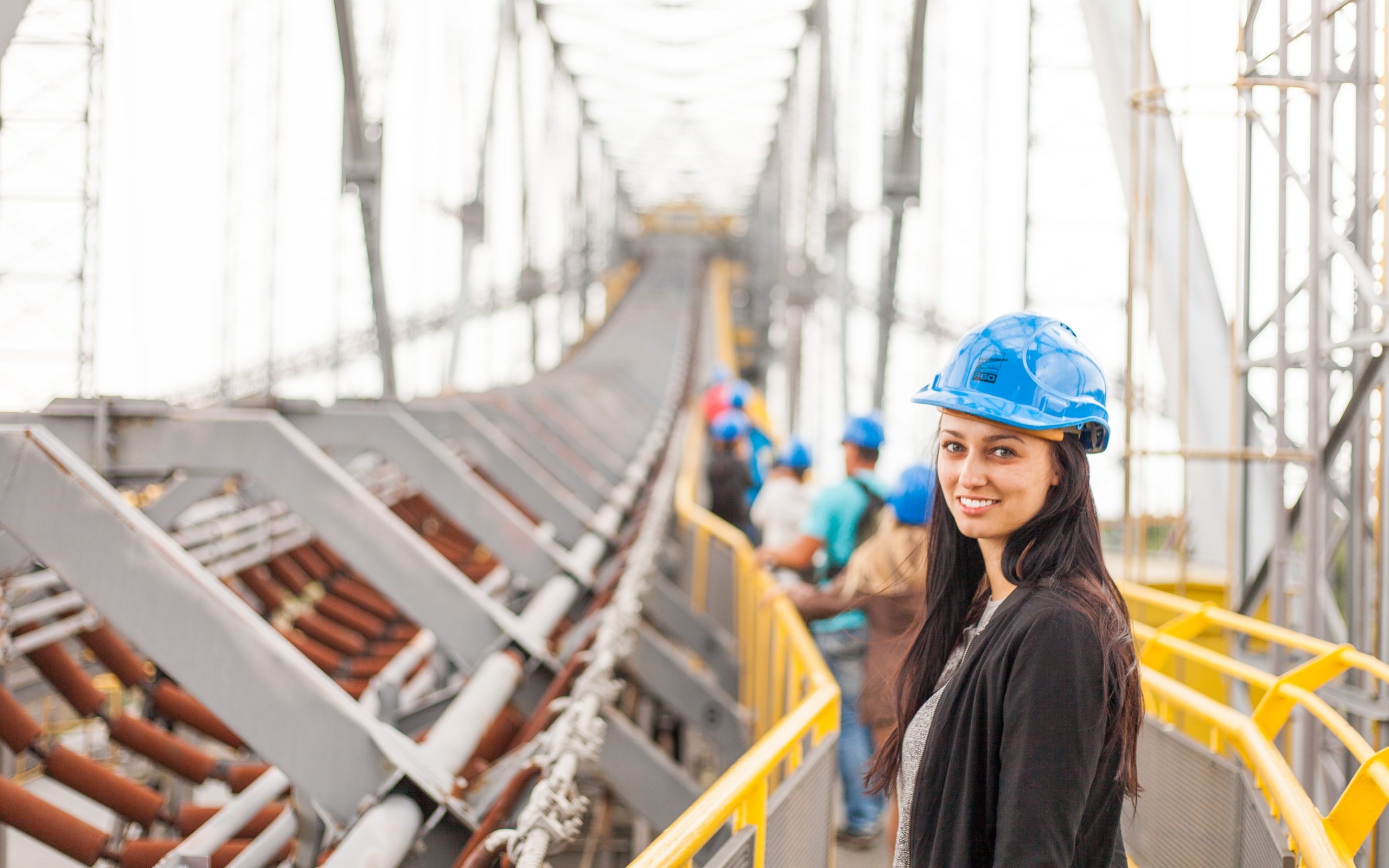by David W. Lakamp, originally published in 1996 by Professional Practice Insurance Brokers, Inc., and updated in August, 2018 by Bruce N. Furukawa, Esq., Furukawa Buccierie LLP
For decades, a/e specialist advisors have instructed design professionals to eliminate the word “supervise” from the owner/prime design consultant agreement, and to make it clear that safety on the jobsite is the sole responsibility of the general contractor. The idea being that these instruction prevent anyone from making the argument that architects and engineers somehow share a duty to keep construction workers free from harm. This approach has served us well over the years, but times have changed. Personal injury attorneys have become more aggressive and design professionals are generally unaware of the legal traps jobsite observation has created for them.
The past solutions worked reasonably well. What had become a deluge of claims by the late 1970s was reduced to a trickle in the 80’s and 90’s. Adverse judgments were few and far between. But barriers to recovery notwithstanding, an undaunted plaintiffs’ bar has continued to press the argument that duties to injured workers are found in obligations to “monitor,” “oversee,” and “inspect.” Moreover, despite contractual language to the contrary, the actions of design professionals in the field contradict their responsibilities in the agreement. Fortunately, the efforts to have this language modified in the AIA contracts and owner/prime design consultant agreements have been very helpful in regard to limiting the design professional’s duties in regard to job site safety.
But, when you plug one hole in a leaky roof, water always tries to find another path. The battle against the specter of responsibility for construction safety requires constant vigilance and a concerted effort.
SHOW ME THE MONEY
Disasters have a way of focusing public attention. The cable news and online media requires “breaking news” reports every hour to keep the public’s attention. When a bridge collapses or a building falls, the public is notified in a heartbeat with live video feeds from cameras capturing everything in real time. The attention has brought aggressive plaintiff’s attorneys to the scene, and they are prepared to bring in any party that has any role in the design and construction process if they can find an insurance policy or a solvent company. When attorneys look for big dollars for their client, the workers compensation exclusive remedy has often times limited injured workers’ legal options against their employers. That said, workers compensation may not cover all the medical costs and lost wages sustained by the worker or their estate. As well, attorney’s fees are also not fully covered in most states. The shortfall inspires attorneys to search for “deep pockets”, and to do so they must impose responsibility on a source other than the contractor’s employer. So why not the design professional?
ENTER THE DEEP POCKET
Design professionals have thoughtfully worded their contracts to establish the roles and responsibilities of the parties involved regarding jobsite safety. Jobsite safety is not something Design professionals, typically, do. It is not what they are trained to do.
Unfortunately, personal injury attorneys have found ways to obfuscate these roles and responsibilities, and the courts have ended up on the wrong side of the liability track when it comes to design professionals and jobsite safety. More often these days we are hearing of design professionals being dragged into cases involving jobsite injuries or deaths. But, design professionals are not helping themselves by their actions when we are defending them. We are already fighting against an institutional perception that design firms somehow ought to bear more responsibility for safety than they historically have assumed. Personal injury attorneys, judges and the public tend to think that design professionals have the uncanny ability to see something that the contractor’s job supervisor does not – a job supervisor who is trained to comply with OSHA regulations and jobsite safety for the workers, no less. On the other hand, there are times when conditions exist that are so obviously inadequate to someone, after the fact, that they cannot understand why a design professional did not say or do anything.
Let’s take an example of a typical situation. You have an owner/prime design consultant agreement, which requires you to send a project architect or engineer to the site once a month to walk the job and observe the general progress of the work. While doing your rounds, there is an open trench, which has no shoring and is more than 5’ deep. This failure to protect against the risk of injury or even death of the workers, should the trench collapse, clearly falls under the purview of the general contractor or the sub-contractor. Still, a design professional may even be accused of interfering with the contractor’s means and methods if they say something, so what does the project architect or engineer do in this situation?
Unfortunately, the answer may vary from state to state and county to county depending on how a judge or jury interprets design professionals’ responsibilities. We have often promoted the concept that where there is a situation that poses an imminent danger to the worker, the design professional has an obligation to warn the contractor. But, is this standard changing?
In a court decision on the east coast, a design professional was found to have no obligation to take affirmative steps to protect the worker in a trench collapse case, since it did not pose a risk of imminent harm. However, in the mid-west, under very similar circumstances, the court took a different approach and found that because the engineering firm in question had prepared sewer construction requirements that referenced safety precautions for trench operations and also referenced OSHA
standards regarding use of shoring in the same specifications, the court found that the engineer was obligated to take affirmative steps to warn the contractor. Some of the more pertinent facts considered in that decision were that the engineer was on site on the day of the accident. Also, when on site, the engineer acknowledged seeing the trench, and it was decided that he knew it lacked proper shoring based on the depth of the trench and due to his understanding of OSHA standards. The engineer was asked why he did not say anything to the supervisor being that he was aware of the OSHA requirements referenced in the specifications. The engineer responded that he was not responsible for how the contractor does his work and it was not his job to do site safety.
Some courts are not inclined to allow design professionals to stand idly by on the jobsite with actual knowledge of unsafe practices. These courts see a problem with not acting to advise or warn the owner or contractor of the risks at hand. It appears that these courts are shifting their approach away from whether or not a design professional observes a situation involving imminent harm. Rather, they are focusing on the actual knowledge of the design professional and whether they took some kind of affirmative action to advise or warn.
The standard is eroded further at the initial pleading stage of a case where design professionals have had to defend themselves against trumped up allegations of culpability regardless of whether jobsite safety falls within their scope of services.
Recently, a worker was electrocuted when performing his work on the roof of a building. The project had involved new construction in a commercial retail area adjacent to power poles. It is important to note that OSHA had sent notification to the contractor saying that no one was allowed to work in the area of the roof, specifically due to the proximity of the power lines, until the powerlines were moved. The general contractor was responsible for relocating the power lines and for jobsite safety. All of this considered, the court allowed the injured worker to add an architect as a party in that case after a year of litigation.
The architect was not relocating the power lines, nor was the architect responsible for jobsite safety. Notwithstanding these details, the court allowed the addition of the new party, because the architect had shown the relocation of the poles on their drawings. The court saw some value in the obscure connection to the power lines that were the subject of the litigation. In the pleadings stage of a case, the court often times has to assume that all the allegations are true, even if they are later found to be not true. So, in this case, the court allowed the addition of a new party, and a design professional had to spend the next year defending itself against allegations despite clear contractual language standing counter to the allegation.
REINFORCING THE BATTLEMENTS
What does this all mean to you? We cannot simply rely on contracts, and we cannot simply say to everyone we do not do job safety. The solution is not simple. It is fluid and requires thoughtfulness in the application of vigilance. Here are some thoughts for us to consider.
Stay the course in your efforts to negotiate agreements which accurately reflect the responsibilities you intend to assume. Make it clear that you are not responsible for the means and methods of construction, nor for safety on the jobsite, and that these responsibilities are intended to be and to remain solely those of the general contractor. Be particularly cautious with owner-drafted forms, for this is not a contractual issue of great concern to most owners and their attorneys. It is to you. You might also seek to avoid descriptors of your role in the field which (arguably) imply control over the performance of the contractor.
We need to talk to the design professionals who go out in the field about not modifying the contract by their actions. By going beyond the limits of the established roles and responsibilities regarding jobsite safety in the contract, they may cause the company to assume liability and exposure to claims that were never intended. At the same time, with aggressive personal injury lawyers, changes in the public’s perception of the design professional’s role, and the courts tendencies toward expansion of duty, design professionals must use common sense when out on a jobsite. If you are in a jurisdiction where the court believes design professionals are not obligated to take some affirmative steps to protect a worker when there is a dangerous condition, which is not imminent, then you may avoid liability. However, if the court finds liability where there is actual knowledge and a duty to warn and advise, then the design professional does have an obligation.
In this era of finding blame, we can ill afford to ignore obviously dangerous conditions on the site. Under most circumstances, your obligation to respond with reasonable prudence will be met if you bring clear safety violations to the attention of the supervisor on the job. Follow through in writing and in the field once you set this process in motion, and you will have done all you can reasonably be expected to do.


